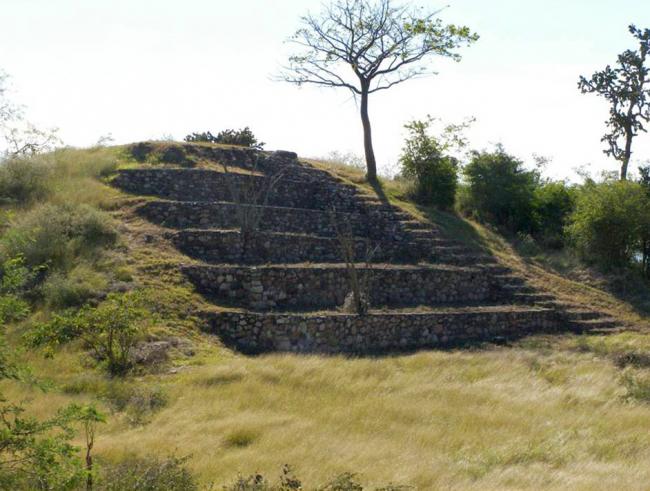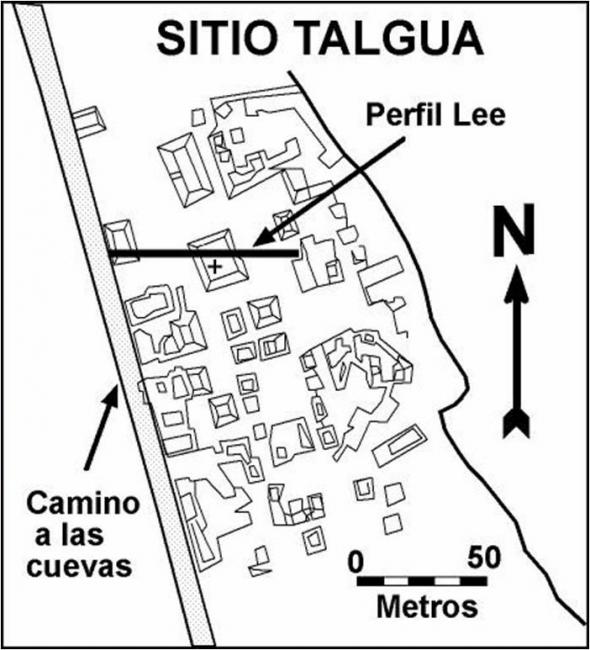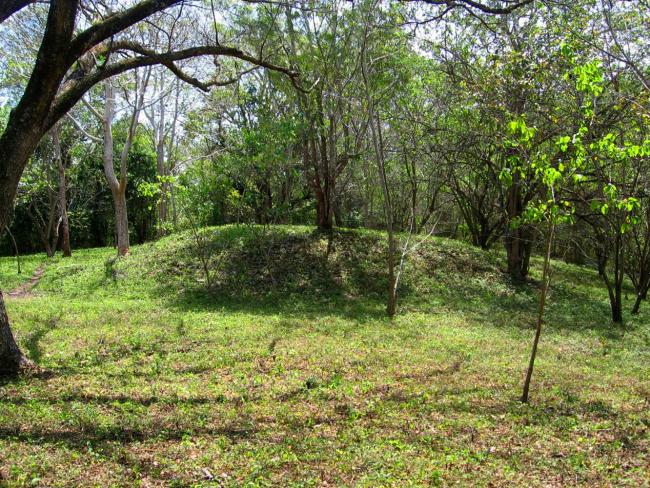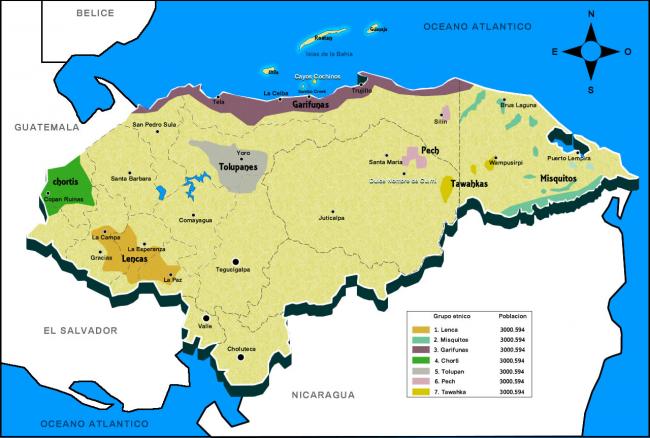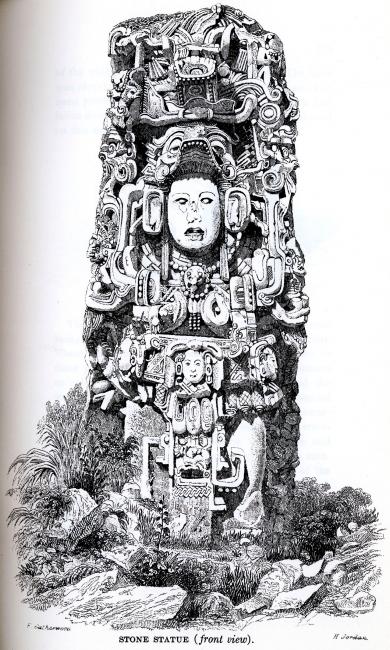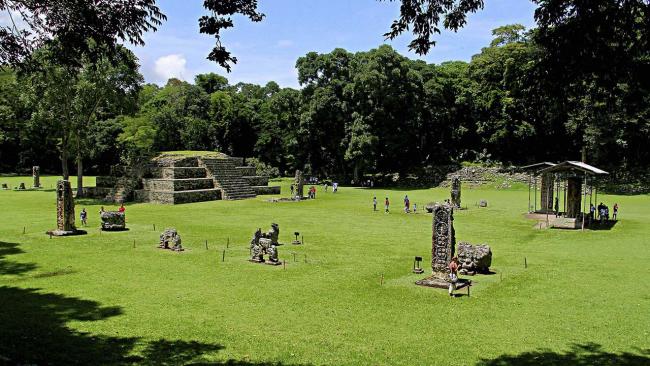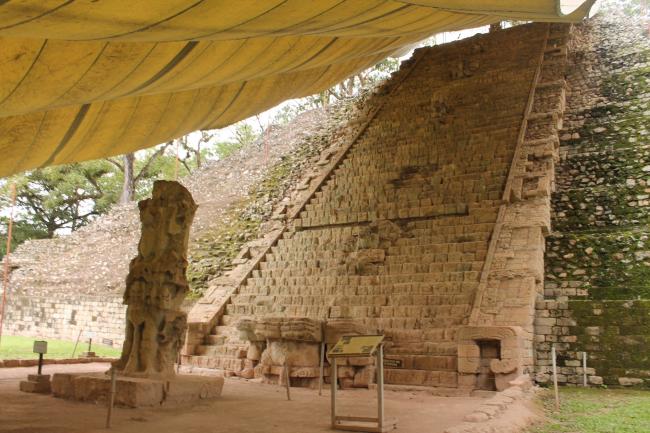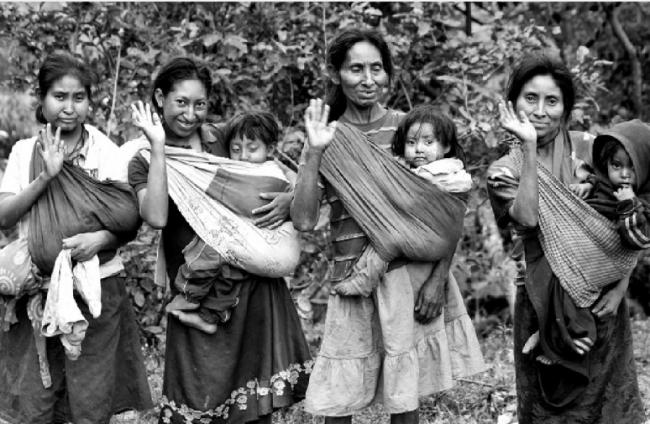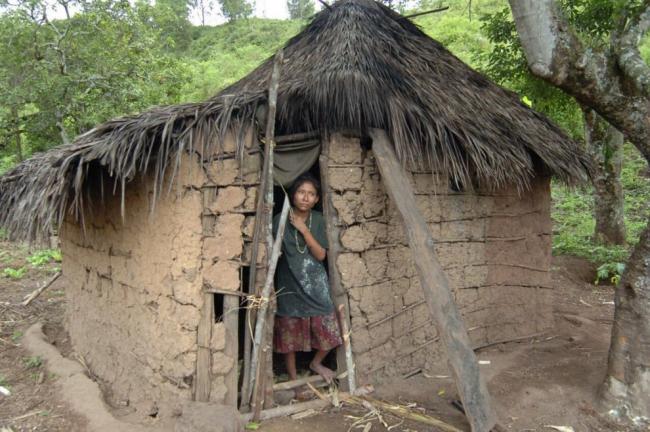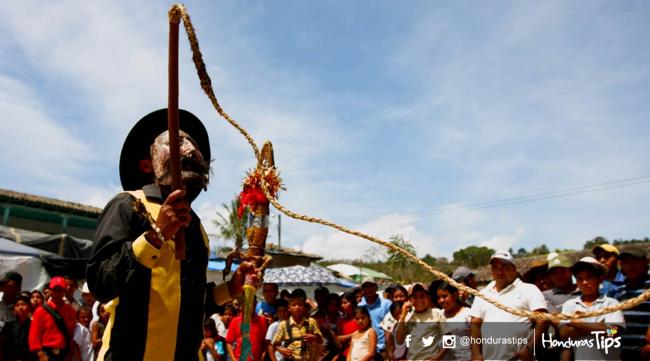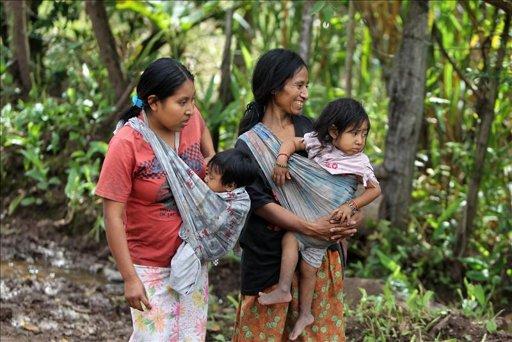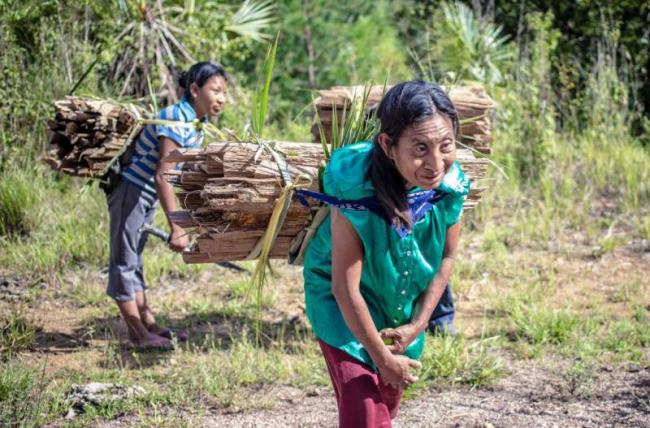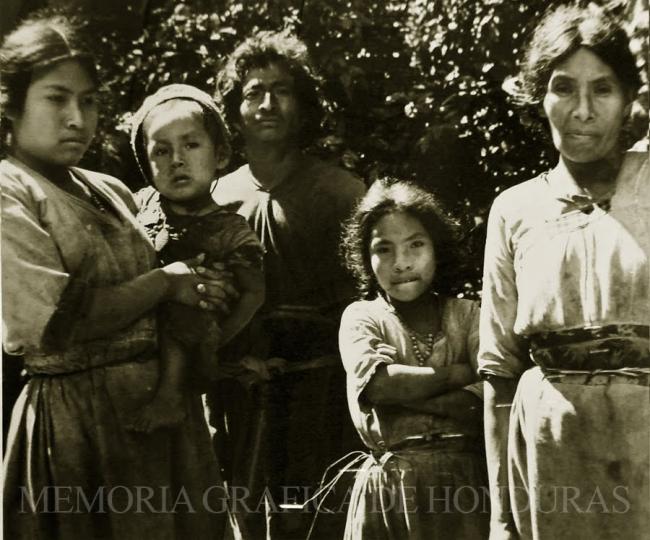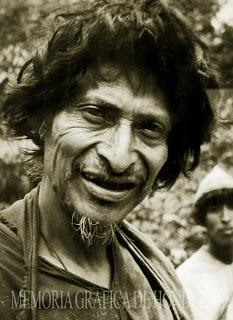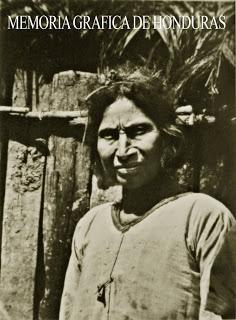Mesoamerican Settlers: Agricultural economy centered on corn, large settlements under the hierarchy of a chief ("cacique") and a priestly caste, and monumental architecture. Urban life for the leading group with artisans and merchants over a tributary farming village. Inscribed in this complex:
The Mayas: One of the most developed and sophisticated cultures of Indigenous America. They arrived from central Guatemala, influenced by Teotihuacan, in the valley of Mexico, and founded a City-State that dominated from Copan, the valley of this river. Its founder was Yax K'uk Mo in the year 426 A.D. who was succeeded by 16 ahaus or Señores.
The Maya-Chortis: The Chortis were located in the border departments of Ocotepeque, Copan and Santa Barbara. The bulk of its population, as today, was in Guatemala.
The Tolupanes: The Tolupanes were the inhabitants of the North Coast, from the Sula valley to Trujillo and south to Lake Yojoa. They were neighbors of the Mayas and Lencas, and significantly influenced each other. The Chorotegas: Little is known about these inhabitants of the southern zone. It is believed that they descended from the North in the Xl and XII centuries. It is a very Mexicanized group that made its way to Costa Rica.
The Chorotegas: Little is known about these inhabitants of the southern zone. It is believed that they descended from the North in the Xl and XII centuries. This was a very Mexicanized group that made its way to Costa Rica.
The Lencas: It was the most widespread and numerous group. They populated the current departments of Intibuca, Lempira, La Paz, and part of Santa Barbara, Comayagua and Francisco Morazan or the western and central region of the country.
Populations of the Intermediate Area: an economy in transition between agriculture and hunting-gathering. Tribe level with small villages and marked influence of shamans or healers. Consumed Cassava, and had a tendency to transhumance, family and sexual differentiation of work.
The Pech: In the colonial documentation the Pech are usually called "Payas". Their language is linked to the Macro-Chibcha family. In the 16th century, they managed to stop the penetration of the Spaniards in the east, therefore they remained at the margin of the first impact of the conquest. As unreduced natives they were also called Jicaques.
The sumo-Tawakas: They were settled towards Cape Gracias a Dios and along the Patuca and Segovia rivers. Their language stems from the macrochibcha, from the group called misumalpa. The Sumo-Tawakas were excluded from the Hispanic colonization and the effect of the emergence and expansion of the Misquitos was more determinant for their culture.
The Indians of El Paraiso: Very few studies have been carried out on this group. They are located in the municipalities of Texiguat and Liure. When Indians from these places are mentioned, the first thing that comes to mind is that they are short men and women with straight hair, short, with wide backs, evasive and probably living in houses with dirt floors, bahareque walls, and macana or straw roof.

